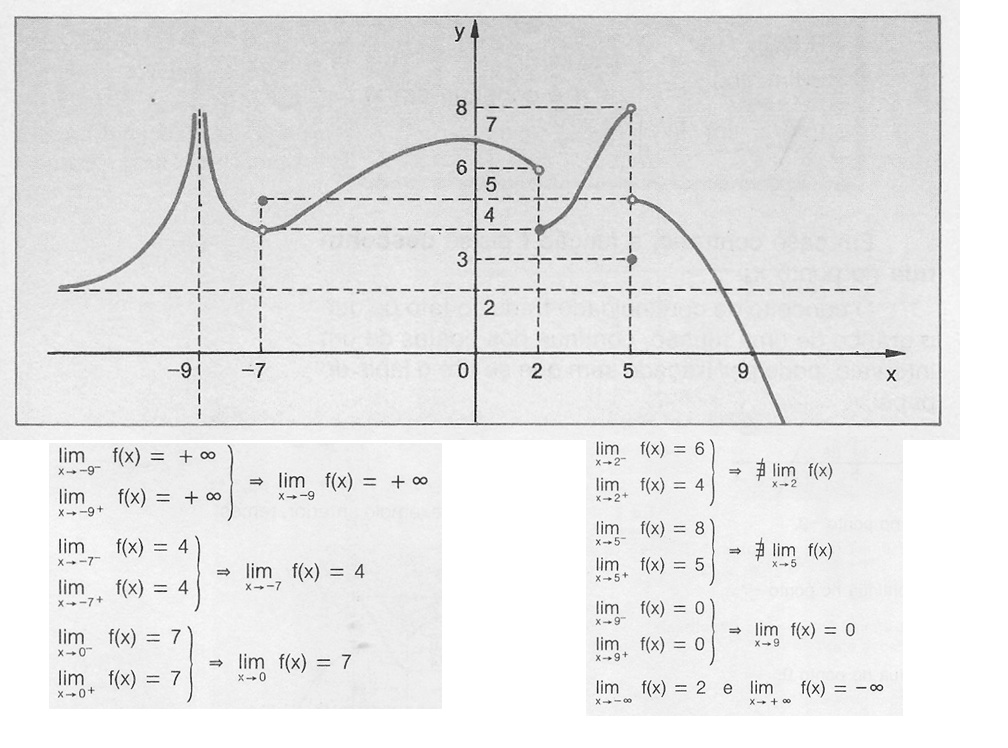Concepts and Informal Definition of a Limit
Key Questions
-
Answer:
I am not sure if it is helpful but I use this from my old maths book:
Explanation:
Have a look:

-
Answer:
A few thoughts...
Explanation:
This is not always feasible, but there are some cases that work.
If
#f(x)# is a polynomial function, then we can find limits for finite values by substitution:#lim_(x->a) f(x) = f(a)# For example:
#lim_(x->2) (x^5+4x+2) = (color(blue)(2))^5+4(color(blue)(2))+2 = 32+8+2 = 42# Sometimes it helps to use some kind of radical conjugate. For example:
#lim_(x->oo) x(sqrt(x^2+1) - sqrt(x^2-1))# #= lim_(x->oo) (x(sqrt(x^2+1) - sqrt(x^2-1))(sqrt(x^2+1) + sqrt(x^2-1)))/(sqrt(x^2+1)+sqrt(x^2-1))# #= lim_(x->oo) (x((color(red)(cancel(color(black)(x^2)))+1) - (color(red)(cancel(color(black)(x^2)))-1)))/(sqrt(x^2+1)+sqrt(x^2-1))# #= lim_(x->oo) 2/(sqrt(1+1/x^2)+sqrt(1-1/x^2))# #= 2/(1+1)# #= 1# However, note that functions are not necessarily defined as
#f(x) = ...# or#y = ...# . For example, consider the equation:#y^5+4y+2 = x# This defines
#y# as a function - let's call it#g(x)# - of#x# , since#x^5+4x+2# is continuous and strictly monotonically increasing, so has a continuous monotonic inverse.Then we find that:
#lim_(x->0) g(x)# is the root of
#x^5+4x+2 = 0# , which is not expressible in terms of elementary functions. It is only really practical to evaluate approximations to it using numerical methods.So there really is no general method that will work in all cases.